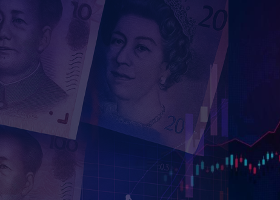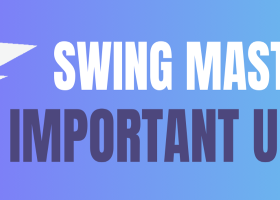👉 Raw (ECN) account with tight spreads + commission
👉 Standard account with wider spreads but no commission
At first glance, they sound almost the same. But over time, the differences can add up to hundreds or even thousands of dollars. Let’s break it down in simple terms so you can decide what’s best for your trading style.
1. What’s the Difference?
-
Standard Account
-
Spread: About 1.0 pip on EURUSD (varies by broker).
-
Commission: None.
-
Cost is baked into the spread.
-
Easier for beginners — what you see is what you pay.
-
-
Raw/ECN Account
-
Spread: Very low (often 0.1–0.2 pips).
-
Commission: Around $7 per lot round-turn.
-
Tighter pricing, but you pay a fixed fee.
-
Designed for more active or cost-conscious traders.
-
2. Cost Comparison
Let’s run the numbers on EURUSD.
-
Standard Account: 1.0 pip spread, no commission.
-
Raw Account: 0.2 pip spread + $7 commission/lot (round turn).
| Trade Size | Raw Account (Spread + Commission) | Standard Account (1.0 pip Spread) | Cheaper Option |
|---|---|---|---|
| 0.01 lot | (0.2 pip × $0.10) + $0.07 = $0.09 | (1.0 pip × $0.10) = $0.10 | Raw (slightly) |
| 0.10 lot | (0.2 pip × $1) + $0.70 = $0.90 | (1.0 pip × $1) = $1.00 | Raw |
| 1.00 lot | (0.2 pip × $10) + $7.00 = $9.00 | (1.0 pip × $10) = $10.00 | Raw |
| 5.00 lots | (0.2 pip × $50) + $35.00 = $45.00 | (1.0 pip × $50) = $50.00 | Raw |
✅ Raw is cheaper in every case, even if only by a small margin for micro lots.
👉 As trade size increases, the savings become more obvious.
3. Why Spread Matters for Scalpers
If you’re scalping — entering and exiting quickly to grab a few pips — every fraction of a pip counts.
-
Tighter spread = more trades close in profit.
-
Imagine you aim for 5 pips profit. On a standard account with 1.0 pip spread, you “lose” 20% of your profit to costs. On raw, maybe only 10–15%.
-
Over 50 or 100 trades, that difference is huge.
That’s why scalpers almost always prefer raw accounts.
4. Swing Traders: Do Spreads Still Matter?
Swing traders hold positions for hours or days. At first glance, a 1.0 pip spread may look irrelevant when you’re chasing 100 pips. But…
-
Entry precision still matters — getting in 0.8 pips cheaper can mean your stop-loss isn’t triggered early.
-
Over dozens of trades, the cost difference adds up just like for scalpers.
-
The only case where Standard might be easier is if you trade very small lots and don’t want to think about commissions.
So yes — even swing traders usually save more with raw accounts.
5. Other Factors to Consider
Cost isn’t everything. Here are some extra points:
-
Execution quality: Raw/ECN accounts usually connect to liquidity providers, giving faster fills and fewer requotes.
-
Stop-loss placement: Tighter spreads let you place stops closer without being unfairly hit.
-
Psychology: Standard accounts are simpler — beginners don’t have to calculate commissions separately.
-
Broker requirements: Sometimes raw accounts need bigger deposits or have higher minimum trade sizes.
-
Overnight swaps: Both accounts charge swaps the same way, so this doesn’t affect your choice.
6. So… Which Should You Pick?
-
Choose Raw/ECN if:
-
You scalp or day trade.
-
You trade medium/large lot sizes.
-
You want tighter spreads and faster execution.
-
-
Choose Standard if:
-
You’re a complete beginner who values simplicity.
-
You only trade micro lots occasionally.
-
You don’t mind paying slightly more for each trade in exchange for no commissions.
-
Final Word
Both account types can work — it depends on your style. But if you plan to trade actively, even as a swing trader, the math usually favors Raw accounts in the long run. Tighter spreads can make the difference between a winning and losing trade, especially when you’re trading short-term strategies.
For more trading resources, visit my profile https://www.mql5.com/en/users/doshur


